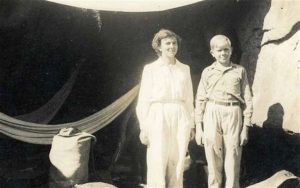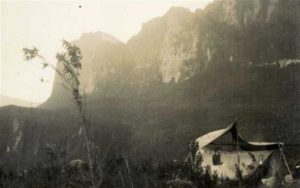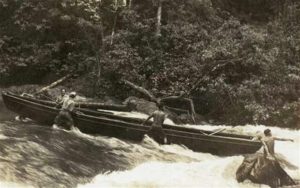Amy Peberdy, who died Sept. 2, 2011, aged 100, played a critical supporting role to her husband, the explorer Philip Storer Peberdy, and spent much of the 1940s travelling with him into the far interior of British Guiana

She was born Amy Annie Barrow on September 29, 1910 in Leicester, and left school at 14. She met her future husband while he was working as an apprentice taxidermist at the Leicester Museum and they married when she was 19.
In 1936 a restlessness and desire for adventure led them to consider a museum post in Malta, only to decide against it because of the risk to their five-year-old son from “Malta fever” (brucellosis).
Yet when Philip Peberdy was offered a six-month contract to reorganise the Carnegie Library and Ethnological Museum in Georgetown, British Guiana, the threat from malaria and yellow fever was somehow overlooked.

Amy Peberdy and the child soon joined her husband, who had been asked to stay and reorganise the Natural History Museum, and entered a colonial life quite alien to her. Although a good bridge player, she forsook clubs and cocktail parties to help him prepare the many habitat displays and papier mâché models which were a feature of his work. More importantly, she also budgeted for, and provisioned, his collecting trips.
In early 1938 she completed most of the pre-departure planning, both financial and practical (preparing boxes and stores to be carried by porters, for example) for the September 1938 to March 1939, so-called Peberdy-Pinkus expedition, which her husband undertook with Albert Pinkus, a collector from New York, to Mount Roraima.




